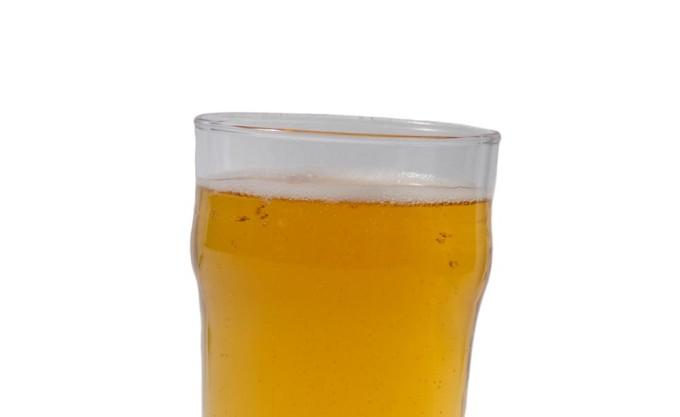It’s Canada’s favourite drink and we spend our weekends savouring it, chugging it, throwing ping-pong balls in it and just enjoying its bubbly, delicious goodness. Here is everything you need to know about your beloved pint o’ beer — just in case you win the Eyeopener’s Super Sunday Steam Whistle keg giveaway. Features Editor Mariana Ionova reports
How much we drink
The average person drinks nearly 84 litres, or the equivalent of 334 pints, each year. In other words, we chug about six pints of beer every week. Canadians spent $8.8 million on beer in 2009 and money dished out on beer accounted for nearly half of all alcohol sales across the country.
How drunk we get
Alcohol levels range from beer to beer, and can be as low as three per cent or as high as 14 per cent. Light varieties usually contain between three and four per cent alcohol, while heavier beers usually have about eight per cent. Generally, our bodies can metabolize about a pint and a half each hour, otherwise we start getting woozy and pouring our hearts out to strangers. Also, consuming five or more beers (or other alcoholic beverages) in a short time period is considered binge drinking, so keep your intake in check unless you feel like getting your stomach pumped.
How it is made
The main ingredients in beer are water, malted barley, hops and yeast. The barley is mixed with hot water to create a porridge-like mixture, which is then drained to separate a sugary liquid called wort. The wort is boiled with hops, a flower from the humulous lupus plant. Finally, yeast is added and the mixture is left to ferment.
How they are different
Most beers fall into two types — ales and lagers — with the main difference being the type of yeast used and the temperature at which they are fermented. Ales are typically fermented at higher temperatures, which gives them a more complex flavour and higher alcohol content. Some popular types include pale ale, amber ale, stout and porter. Lagers, on the other hand, need cooler temperatures to ferment and tend to turn out lighter in colour and drier in taste. Pilsner, bock and dunkel are some popular types of lagers.
Photo by: Marta Iwanek












Michael
Why would anyone want to toss a ping pong ball into their beer? Toss it into an empty cup , yes. But please, leave my Steam Whistle alone!